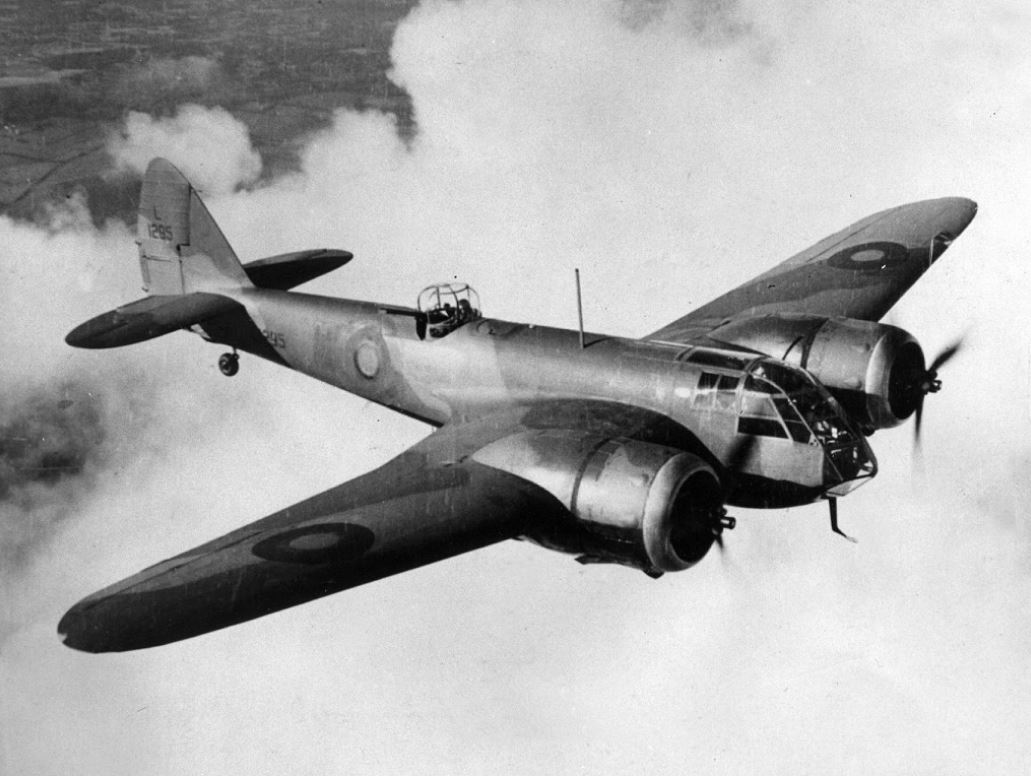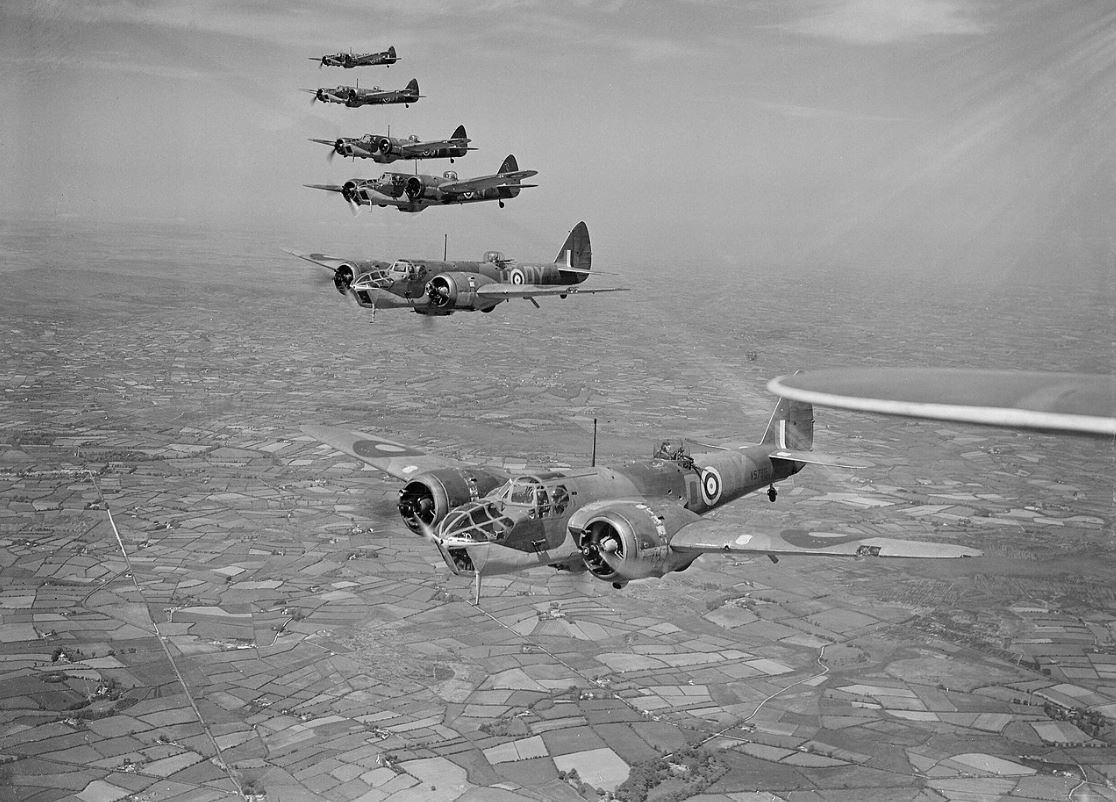Difference between revisions of "Bristol Blenheim"
From Our Contribution
(→No.54 Operational Training Unit) |
(→No. 70 Operational Training Unit) |
||
| Line 44: | Line 44: | ||
===No. 70 Operational Training Unit=== | ===No. 70 Operational Training Unit=== | ||
| − | *[[Gerard Henzell Straughan Hemy]] Nov 1941 - Jan | + | *[[Gerard Henzell Straughan Hemy]] Nov 1941 - Jan 1942 |
===No.54 Operational Training Unit=== | ===No.54 Operational Training Unit=== | ||
Revision as of 02:26, 17 July 2020
Contents
Remarks
Initial aircraft was designed and built to meet a private business man's challenge for England to produce a high speed aircraft to carry 2 crew and 6 passengers. maiden flight occurred on 12 Apr 1935, and it was found to be faster than any fighter then in service with the RAF. At this point the Air Ministry issued a tender for a military version of the aircraft, an in September 1935 an initial order for 150 aircraft was placed as part of the rapid expansion of the RAF then underway.
The first aircraft entered RAF service on 10 Mar 1937. In addition to aircraft manufactured in Britain, the Bolingbroke variation was built in Canada and aircraft were constructed under licence in Yugoslavia and Finland. By the time it would be put into service as a war fighting machine, it was found to be slow and would be vulnerable to enemy fighter attack aircraft. In 1938 the decision was made to convert the Blenheim 1 to a long range fighter. But although it was found to be just as cumbersome and its fire power was to prove quite inadequate, the Air Ministry at the time thought that it was better to put the aircraft into service than nothing at all. 168 were operational at the outbreak of WW2. 1,552 Mk1 Blenheims were built by the end of 1939 and later 200 were converted into night fighters (Mk IF); 2,145 Mk IVs were built with 60 converted into Mk IVF fighters; Mk Vs were a high altitude bomber version used primarily in the Middle East and in the South East Asia.
The Blenheim was used both as a bomber and a fighter, although very vulnerable in both roles due to slow speed, and light armament. More Bristol Blenheims were lost to enemy action than any other British plane.
General characteristics
- Crew: Three - Pilot, navigator/bombardier, wireless operator/air gunner
- Length: 12.98 m
- Wingspan: 17.17 m
- Height: 3.00 m
- Empty weight: 4,441 kg
- Max takeoff weight: 6,532 kg
- Powerplant: 2 x Bristol Mercury XV 9 cylinder engines - 920 hp each
- Maximum speed: 428 km/h at 3,597 m
- Range: 2,350 km
- Service ceiling: 8,310 m
- Armament
- Guns: 1 x .303 Browning machine gun in port wing; 1 or 2 x .303 Brownings in rear firing under nose blister; and 2 x .303 Brownings in dorsal turret.
- Bombs:540 kg (4 x 113 kg bombs or 2 x 227 kg bombs internally and 8 x 18kg bombs externally).
Crew members
No. 70 Operational Training Unit
- Gerard Henzell Straughan Hemy Nov 1941 - Jan 1942
No.54 Operational Training Unit
- Roy Joseph Smith 2 Aug 1942 - 15 Sep 1942
No. 244 Squadron RAF
- Gerard Henzell Straughan Hemy March - December 1942

